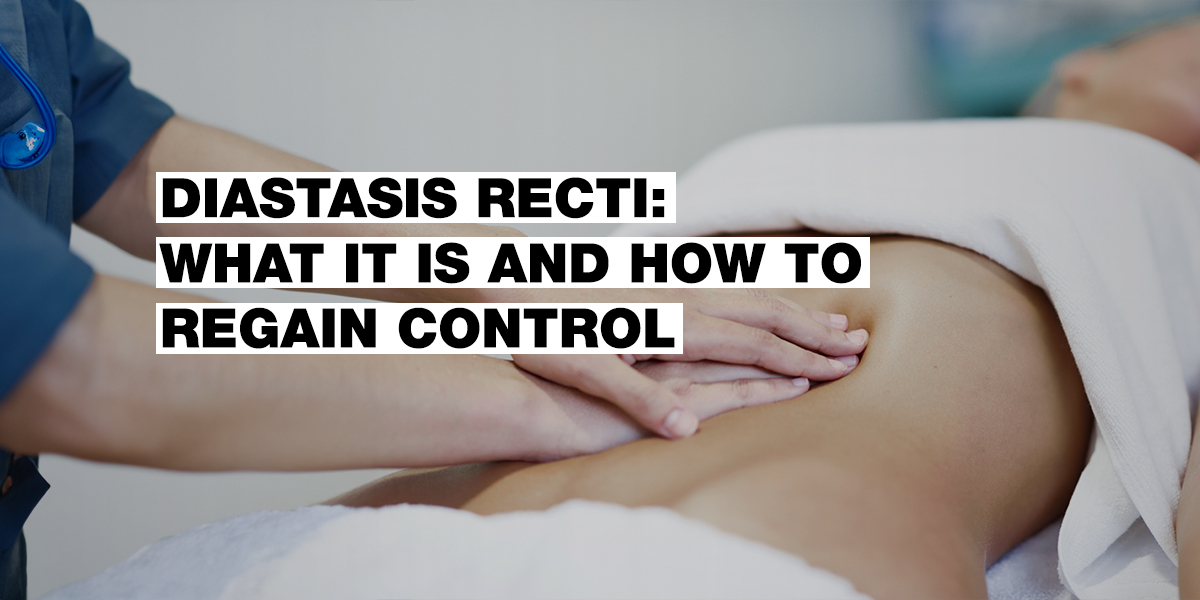
Diastasis: What It Is and How to Manage It | NEBBIA
Diastasis – the bogey not only of women – is the divergence of the straight abdominal muscles, which appears as a ridge running down the midline of the abdomen. Neither diets nor exercise can help us recover from it. It mainly occurs in women after childbirth, but also in young people, athletes and parents of young children. What are its symptoms and how to beat it?
This condition of the abdominal muscles is known medically as diastasis recti abdominis. The muscles move away from the rib cage and attach to the pubic symphysis. Between them is the ligament, which is known medically as linea alba (white line). It is elastic – it can widen and contract like a spring. If the midline of the rectus abdominis muscles open, can create a visible gap in the middline of the abdomen.
This condition may cause aesthetic problems. However, it can also cause functional consequences such as reduced trunk stability, back pain and difficulty when performing certain movements.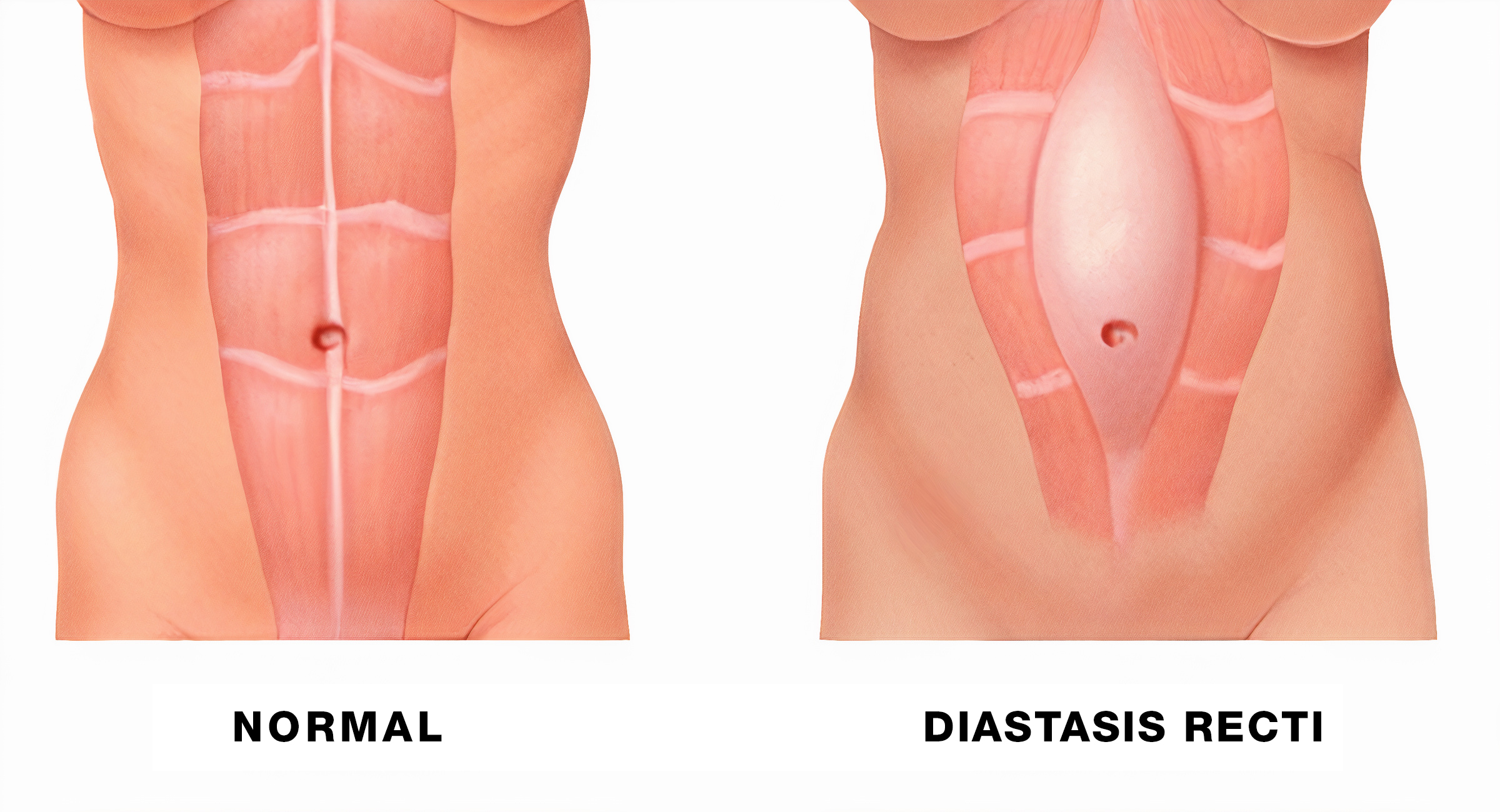
A great example is pregnancy, when the uterus and the fetus in it grow due to the intra-abdominal pressure – it widens sideways and forwards. The direct abdominal muscles are stretched and the linea alba between them is also stretched to prevent compression of the abdominal organs. Strong intra-abdominal pressure also occurs with a large fetus, a large amount of amniotic fluid, multiple or repeated pregnancies, strong pressure during childbirth, inappropriate treatment in the postpartum period, as well as inappropriate exercise.
Diastasis does not have to break out only during pregnancy. Are you at risk? It often occurs in young people who exercise inappropriately and overstretch the abdominal muscles, for example, in the gym, when exercising in an inappropriate way. Diastasis mainly occurs in women. But men are at risk as well. It even occurs in young children. Injuries and surgery in the abdominal cavity or rapid weight changes are common causes.
“Athletes with stretched muscles are just as prone to diastasis as people with sedentary jobs.”
NEBBIA Women's Compression High Waist Shorts INTENSE Leg Day Gold
36,30 € Con IVA
Ver producto NEBBIA Women's Classic High Waist Leggings INTENSE Iconic Gold
36,30 € Con IVA
Ver producto NEBBIA Women's Workout Jumpsuit INTENSE Focus Gold
36,30 € Con IVA
Ver producto NEBBIA Women's Classic High Waist Leggings INTENSE Iconic
36,30 € Con IVA
Ver producto
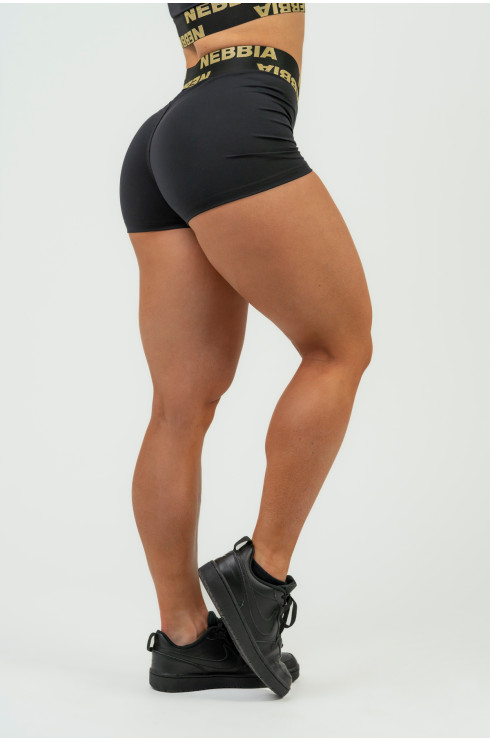





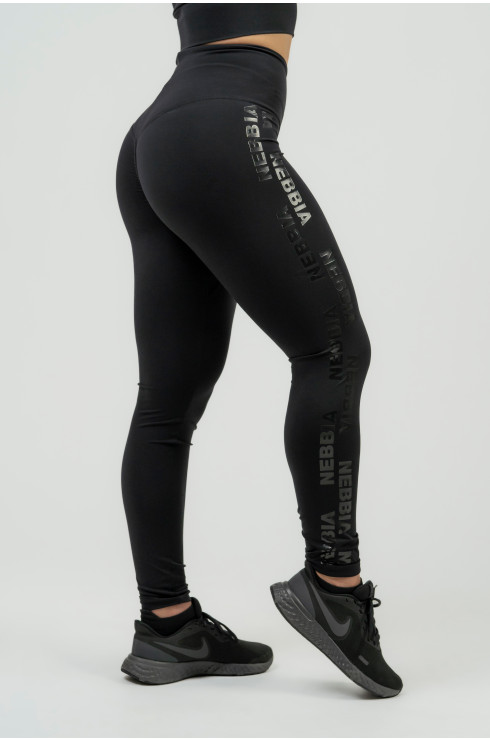
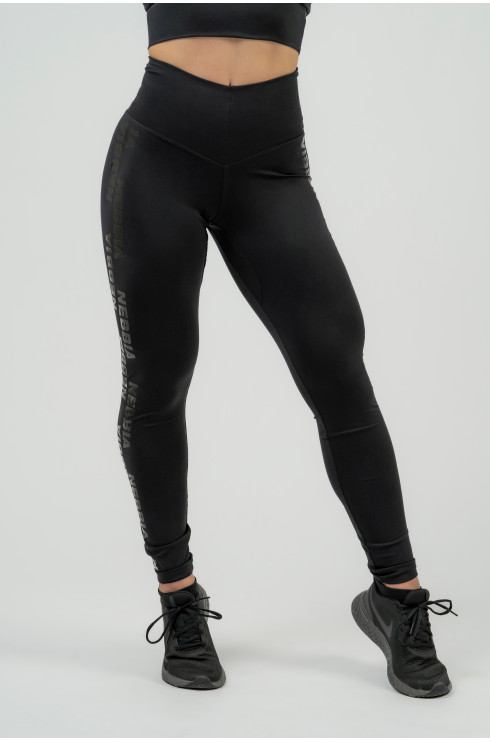
Health facts about diastasis
Diastasis can cause many other functional problems. Among them are poor posture, back, leg and abdominal pain, digestive problems and incontinence. It mainly activates the superficial muscles. If you suffer from diastasis, your deep muscles weaken and this has a significant effect on the functioning of the whole body. Although diastasis can be managed at any stage, it brings with it other severe complications as you grow older. This can lead to the streak formation and possible to the surgery.
Types of diastasis
Diastasis can occur in different parts of the abdomen, and can be of different types and severity.
- Sternal diastasis, which is in the upper marginal section of the rectus abdominis muscles near the breastbone (sternum).
- Umbilical diastasis near the umbilicus (umbilical region).
- Infraumbilical diastasis occurs below the umbilicus and may reach to the pubic symphysis (inguinal region).
- Combined diastasis refers to a type of diastasis where the muscles may separate at different parts of the abdomen. For example, from the sternum to the umbilicus, from the umbilicus to the pubic symphysis or from the sternum to the umbilicus.
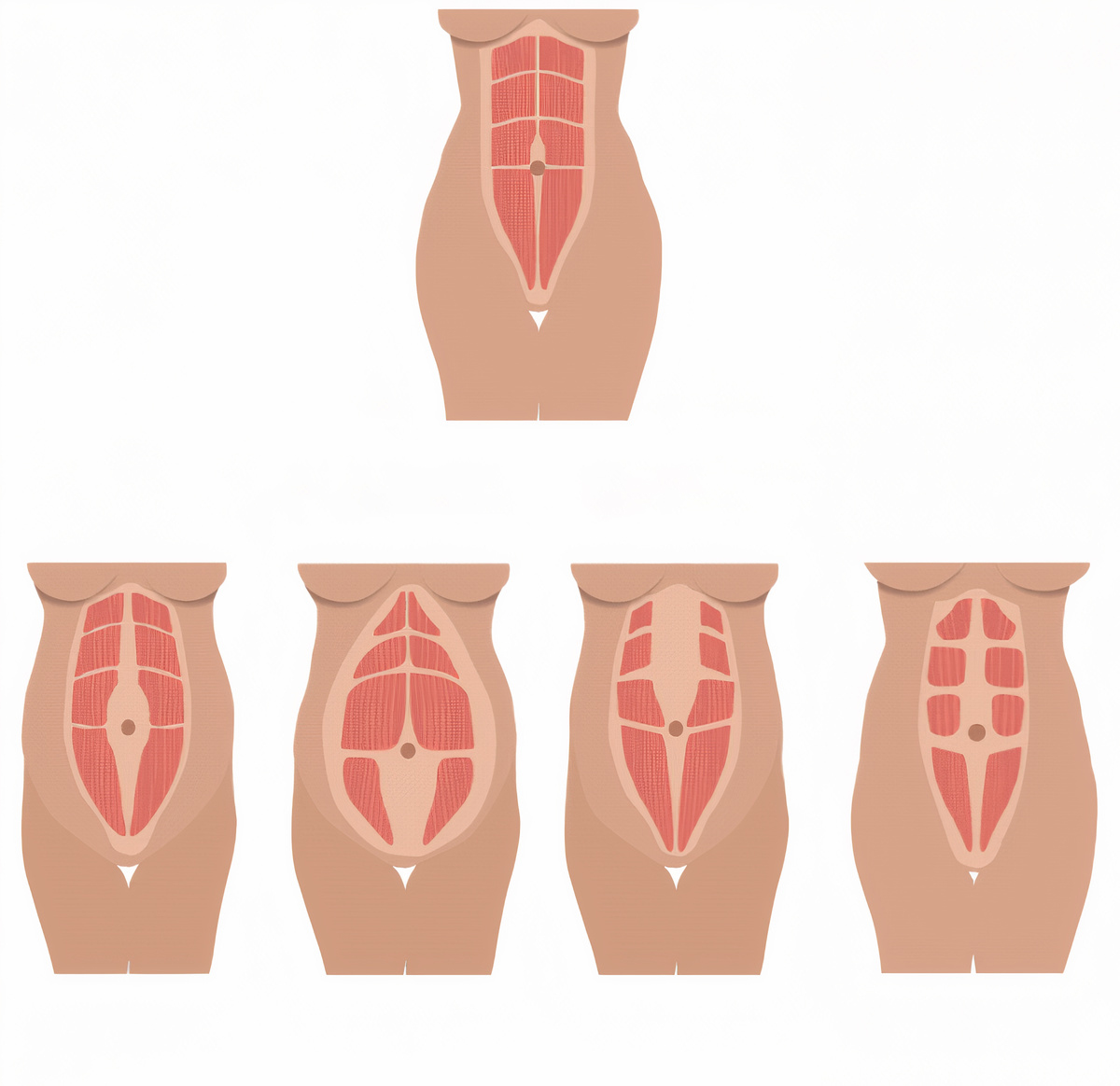
Each type of diastasis can affect the individual differently and requires different ways of treatment.
Your six-pack won’t guarantee you that you don’t get diastasis
The abdominal muscles consist of several layers of muscles:
1. Direct abdominal muscles
This is a group of muscles in the front of the abdomen called the “six-pack”. They are often overstretched and perform trunk flexion – the most common movement performed during the day. This means that when these muscles contract, they flex the spine and bring the chest closer to the pelvis. Strong straight abdominal muscles help maintain spinal stability and correct posture, which can help to lighten the spine and improve posture.
2. Oblique abdominal muscles
They are divided into external and internal. They have an oblique direction and are located on the sides of the abdomen. They serve to keep the body stable, support the chest and help with various trunk movements. They are stabilising muscles and help us achieve the correct pelvic posture. These muscles also play an important role in various physical activities such as walking, running, weight lifting, etc.
3. Transverse abdominal muscle
Its main function is to support the abdomen and correct posture of the spine and pelvis. Strengthening and proper exercise of the transverse abdominis muscle is important for maintaining stability and support of the abdomen, especially during physical activities and weight lifting.
Self-examination of diastasis at home
You can do the diastasis test at home. Physiotherapist Radka Šefferová told us how she teaches self-diagnosis in her physiotherapy practice:
1. Lie on your back, bend your knees hip-width apart and place your feet on the floor.
2. Put one hand behind your head and raise your head off the ground.
3. With the other hand, use the second and third fingers to move from the rib cage down to the pubic symphysis.
4. If your fingers get caught between the rectus abdominis muscles. This indicates that you have diastasis.
HERE IS A TIP: Hand in hand with diastasis goes the streak. You can find out if the streak is also present as follows:
Lie on your back with both legs stretched out and your arms alongside your body. Raise both feet about 10 centimetres off the ground. If a canopy appears above the navel, a streak is also present.
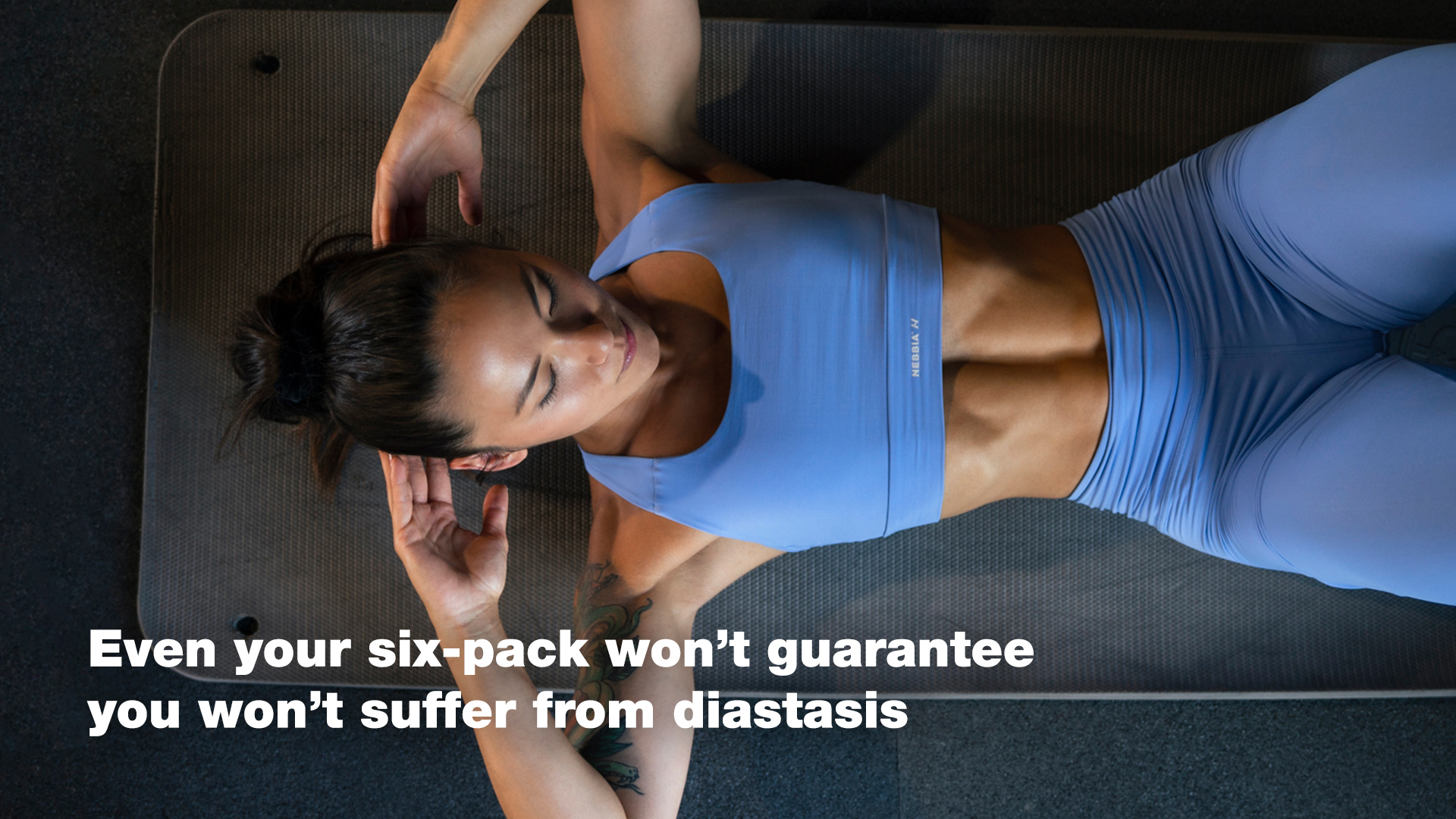
I’ve got diastasis, what can I do?
First of all, it is important to consult a physiotherapist who will teach you how to perform the normal daily stereotypes correctly. He or she will also instruct you to breathe properly and perform exercises that are suitable for you.
What to avoid when I suffer from diastasis?
A frequent question that athletes who suffer from diastasis ask is whether they can exercise plank and crunches. They want to know what they can and cannot do. However, each of us has a different body structure and different predispositions. For women, it makes a difference whether they are before childbirth or after childbirth. Few people study the anatomy of the body and devote themselves to exercise it in such a way that they can be sure which muscles work in abdominal training. In general, exercises performed while lying down, such as sit-ups, planks or crunches, can worsen diastasis.
When it comes to training, instead of adding more exercises to correct diastasis to the training plan, the so-called “training diet” is more important. It is treating the symptom rather than solving the problem. Just as diet and fluid intake are important for the best exercise results, so is changing the way you perform exercises that increase the likelihood of diastasis.
One of the myths that has been circulating for many years is that postpartum women commonly have bladder incontinence or pelvic floor dysfunction and that they should learn to live with it. For example, they may leak urine when jumping training, so they start to avoid it. But it doesn’t have to be that way. All it takes is the right habits and appropriate exercise.
When to start exercising?
If you are postpartum and the birth took place naturally, it is recommended to start exercising after the sixth week has passed. If the birth was performed by Caesarean section, it is recommended to start after the treatment and recovery. This also applies when you undergo abdominal surgery. If the diastasis is caused by inappropriate exercise, sport, rapid weight loss or weight gain, start exercising under the supervision of a physiotherapist as soon as possible. For infants, it is recommended to perform athletic taping and abdominal exercises only under professional supervision.
The good news is that you can get rid of diastasis at any time. It’s never too late. The important thing is to be determined and to keep exercising. It is even possible to get rid of it completely in a relatively short period of time.
Exercises for diastasis
Before you start with diastasis exercises, learn how to breathe properly. You can practice diaphragmatic breathing. The diaphragm is the main respiratory muscle and provides the most active breathing. Standing or sitting, wrap your outstretched palms around your ribs (like your arms at your sides). Take a deep breath into your abdomen, feel your abdomen protrude out, and push your palms out with gentle pressure. Then breathe out slowly. The chest and abdomen thus move upwards simultaneously and almost evenly.
Proper breathing has many benefits for physical and mental health. And now you can start with exercising. There are many exercises for diastasis. Even each physiotherapist will recommend different exercises according to the type and level of diastasis. However, you can start with these three basic exercises anytime at home:
- Lie on your back and place your head on a folded towel (about 2–3 cm high). Bend your legs at the knees and place your feet firmly on the mat slightly apart. Place your shoulders on the mat, relax them and turn your palms upwards. Now you can slowly breathe into the whole abdomen. To better check for correctness, grasp the side of the abdomen with one hand. When taking a breath, the thumb and index finger open slightly. So it’s not just about breathing in. You’re not gonna blow up a balloon – you breathe into the entire volume of the abdomen.
- For the second exercise, use the lying position from the first exercise. Just imagine you’re holding a ball over your chest. Slowly move the imaginary ball overhead as far as you feel control over your abdomen and breathing without further bending. You must not raise your shoulder blades above the mat and increase the recess in your back. And you come back with your arms back over your chest. Remember to breathe properly into the abdomen.
- For the next exercise you will need a chair with a flat backrest. Sit on a chair with your lower back firmly against the backrest and your feet on the floor. Place your hands firmly on your stomach and slowly inhale and exhale as if you were blowing out a candle with your pouty lips. Let your abdomen respond reflexively to the exhalation – do not force it. Repeat the exercise several times a day.
These exercises for diastasis and breathing are also a great way to energise your body and eliminate stress. It is recommended to devote 20 minutes a day to exercise. Don’t forget about regularity and perseverance. If you can automate proper breathing, training habits and break down stereotypes, you’ll quickly enjoy a healthier core. We’ll give you instructions on how to get diastasis under control. Let’s take the first step towards your healthier self!


